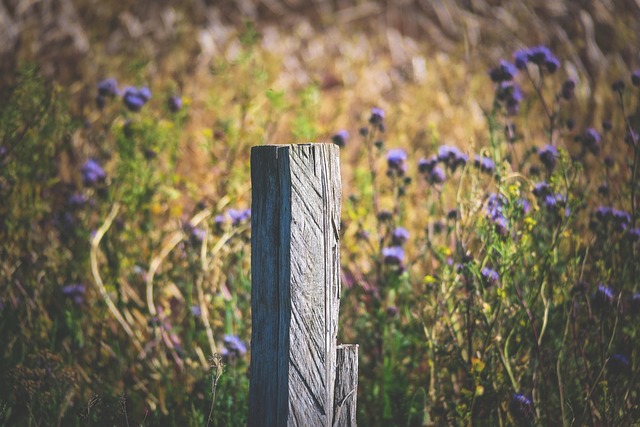Coastal areas present unique challenges for fencing due to harsh weather conditions and exposure to salt water. This article explores durable wooden fencing solutions tailored for these environments. We delve into understanding specific coastal fencing challenges, highlighting the benefits of using long-lasting wood types, and providing essential maintenance strategies to ensure longevity. By the end, readers will be equipped to make informed decisions when choosing suitable fencing for their coastal properties.
- Understanding Coastal Fencing Challenges
- Benefits of Durable Wooden Fencing
- Choosing the Right Wood Types
- Maintenance and Longevity Strategies
Understanding Coastal Fencing Challenges
Coastal areas present unique challenges when it comes to fencing due to their harsh, often unpredictable environments. Strong winds, salty air, and frequent rainfall can take a toll on traditional fencing materials, leading to premature deterioration and structural damage. The primary goal is to install a durable fence that can withstand these conditions while blending aesthetically with the coastal landscape.
One of the key considerations is selecting materials that are resistant to rot, corrosion, and moisture-related damage. Wooden fences, in particular, require special treatment to prevent decay caused by saltwater and high humidity levels. Treated or pressure-cured timber, such as cedar or teak, is often recommended for coastal applications due to their natural resistance to these elements. Additionally, proper installation techniques, including elevated posts and adequate drainage, are essential to ensuring the longevity of any fencing system in a coastal setting.
Benefits of Durable Wooden Fencing
Durable wooden fencing offers an array of benefits for coastal areas, enhancing both functionality and aesthetics. One of its key advantages is resistance to harsh weather conditions, such as high winds, heavy rainfall, and salt air, which can be detrimental to traditional fencing materials. Treated and sealed wooden fences can withstand these elements, ensuring they remain sturdy and structurally sound for years.
Additionally, wood provides a natural beauty that complements coastal landscapes. Its versatility allows for creative designs, from simple, classic styles to intricate patterns, seamlessly blending with the surrounding environment. Furthermore, unlike some synthetic options, wooden fencing contributes to better air quality as it is a renewable resource that can be sustainably managed and replaced when necessary, making it an eco-friendly choice for environmentally conscious communities.
Choosing the Right Wood Types
When selecting wood for coastal fencing, choosing durable species is paramount to ensure longevity against relentless wind, salt mist, and moisture. Hardwoods like cedar, redwood, and teak are renowned for their natural resistance to rot and insect damage. These woods possess unique oils that repel water, preventing the absorption of harmful sea salts that can weaken other wood types.
Considered among the most durable options, cedar has a distinct aroma and offers excellent aesthetic appeal with its beautiful grain patterns. Redwood, known for its strength and durability, provides superior performance against coastal elements while maintaining an appealing natural finish. Teak, valued for its rich color and texture, is highly resistant to rot, making it an excellent choice for areas exposed to harsh marine conditions.
Maintenance and Longevity Strategies
To ensure your durable wooden fencing stands the test of time in coastal areas, regular maintenance is key. This includes periodic cleaning to remove salt buildup and debris, as well as applying protective coatings or stains every few years to shield the wood from moisture and UV rays. A water-based preservative can also be used to increase resistance to rot and insect damage.
Beyond routine care, strategically selecting materials and designing your fence plays a significant role in longevity. Choose treated, weather-resistant woods like cedar or teak for the best performance against coastal elements. Consider a design with minimal vertical surfaces to reduce wind pressure, and incorporate overhangs or louvers to shield the wood from direct salt air exposure. Regular inspection is crucial too; addressing any signs of damage promptly will prevent small issues from escalating into major repairs down the line.
